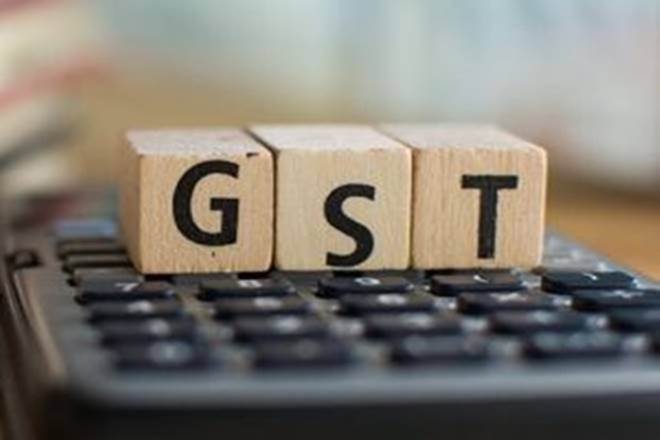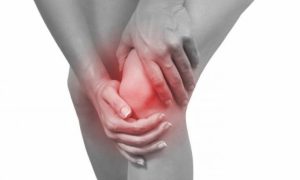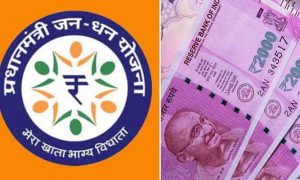As part of a proposed rate rationalisation under the Goods and Services Tax (GST) regime to bolster revenues, the GST Council, the governing body for the indirect tax regime, has sought views of states for hiking rates on 143 items.
These items include papad, gur (jaggery), power banks, watches, suitcases, handbags, perfumes/deodorants, colour TV sets (below 32 inches), chocolates, chewing gums, walnuts, custard powder, non-alcoholic beverages, ceramic sinks, wash basins, goggles, frames for spectacles/goggles and apparel and clothing accessories of leather, sources said.
Of these 143 items, 92 per cent are proposed to be shifted from the 18 per cent tax slab to the top 28 per cent slab.
Many of these proposed rate changes mark a reversal of the rate cut decisions taken by the Council in November 2017 and December 2018, in the run-up to the 2019 general elections.
Rates for items such as perfumes, leather apparel and accessories, chocolates, cocoa powder, beauty or make-up preparations, fireworks, floor coverings of plastics, lamps, sound recording apparatus, and armoured tanks were reduced in the November 2017 meeting held in Guwahati — and are now proposed to be hiked again. Similarly, GST rates for items such as colour TV sets and monitors (below 32 inches), digital and video camera recorders, power banks were reduced in the December 2018 meeting and may now get reversed.
Read More: Zomato goes green, announces 100% ‘plastic neutral deliveries’ from April 2022
GST rates for items such as papad and gur (jaggery) may move from zero to the 5 per cent tax slab. Leather apparel and accessories, wrist watches, razors, perfumes, pre-shave/after-shave preparations, dental floss, chocolates, waffles, cocoa powder, extracts and concentrates of coffee, non-alcoholic beverages, handbags/shopping bags, along with house construction items of ceramic sinks, wash basins, plywood, doors, windows, electrical apparatus (switches, sockets etc) may see the GST rate being hiked to 28 per cent from 18 per cent.
GST rate for walnuts may get increased to 12 per cent from 5 per cent, for custard powder to 18 per cent from 5 per cent and for table and kitchenware of wood to 18 per cent from 12 per cent.
Explained
Rate cut reversal
A number of these proposed rate changes mark a reversal of the rate cut decisions taken by the GST Council in the run-up to the 2019 general elections. This also comes at a time of surging inflation trends.
In the Guwahati meeting in 2017, the highest GST bracket was slashed 75 per cent with only 50 items being retained in the 28 per cent slab, and 178 items being moved out from the list of 228 along with a rate reduction for restaurants. The estimates for the revenue loss through these measures were then pegged to be around Rs 20,000 crore.
The GST Council had, within one year of the July 2017 rollout of the GST, reduced rates for one in every four items. The rate cuts on over 350 items out of total 1,211 items in the five broad categories of zero, 5 per cent, 12 per cent, 18 per cent and 28 per cent under GST were estimated to have resulted in a revenue loss of about Rs 70,000 crore in a year.
Read More: TCS Recruitment 2022: IT firm opens hiring for freshers, check last date, registration details
The GST council is now learnt to have sent the proposal for rate changes to states seeking their inputs.
“States were asked for their inputs for the rate changes. Some items where the manufacturers have not transferred the benefits of the rate cuts to consumers should see a rate reversal. But, for other items of common use, the rates should remain as it is,” an official of a state government said.
Queries sent to the GST Council Secretariat by The Sunday Express did not elicit a response.
The rate changes may happen in phases since many states are learnt to have raised concerns about the timing of these proposed changes given the rising inflation trajectory. The Wholesale Price Index-based inflation surged to 14.55 per cent in March 2022, while the retail inflation in March surged to a 17-month high of 6.95 per cent.
Economists have said that with higher pricing power with corporates due to market inefficiencies triggered by the Covid-19 pandemic, there may be a trend of WPI inflation collapsing into retail inflation.
The robust GST collections in recent months are being seen as an indicator of growth in the organised segment of the economy and higher inflation rates along with anti-evasion measures including action against fake billers.
GST collections rose to a record-high of Rs 1.42 lakh crore in March, for sales in February — a 14.7 per cent rise from March 2021 and a 45.6 per cent spike from March 2020.
The anomalies in revenue stream arising out of earlier rounds of rate rationalisation were noted in the 45th GST Council meeting held in Lucknow in September 2021. After the meeting, Union Finance Minister Nirmala Sitharaman had said that the revenue neutral rate has fallen to 11.6 per cent from 15.5 per cent.
“The Revenue Neutral Rate of 15.5 per cent coming down to 11.6 per cent is because of course, the Council in its wisdom probably over the years had reduced the rate of many, many items and not just the reduction but the resultant refund due to the inversion have resulted, net net, in the collection coming down from the revenue neutral levels. As a result, we feel that the overall collection has come down. We also feel why it has come down. But if we all put together we can all see that we are far below the revenue neutral rate,” she had said.
Following this, two GoMs were formed to look at rate rationalisation and inverted duty structure, and GST system reforms through compliance measures, data analytics and IT systems.
A September 2019 report by the Reserve Bank of India (RBI) had noted that the rationalisation of rates by the GST Council had brought down the effective weighted average GST rate from 14.4 per cent at the time of inception to 11.6 per cent. It, however, said that enhanced buoyancy had been achieved by widening the tax base and removing distortions.





































